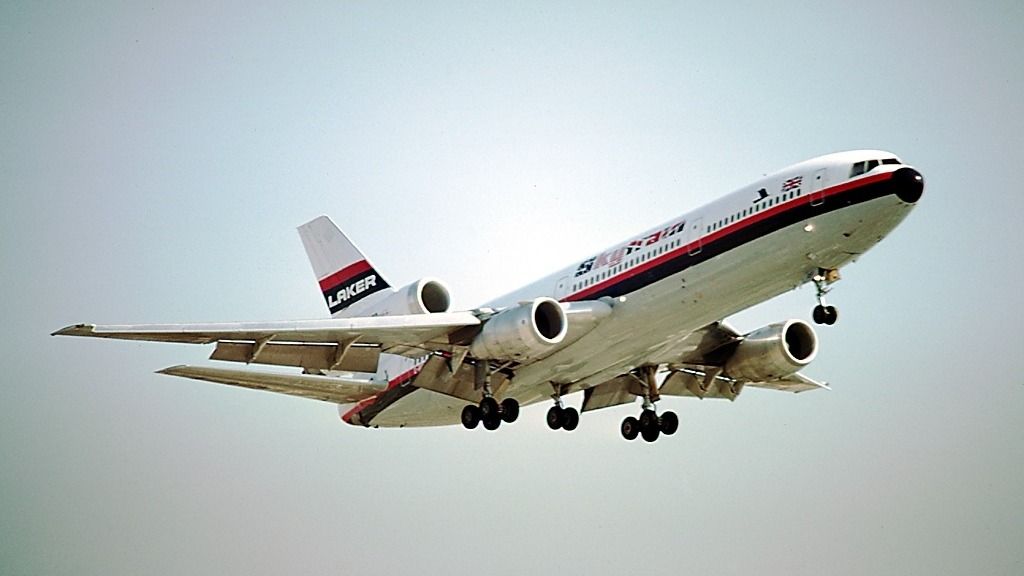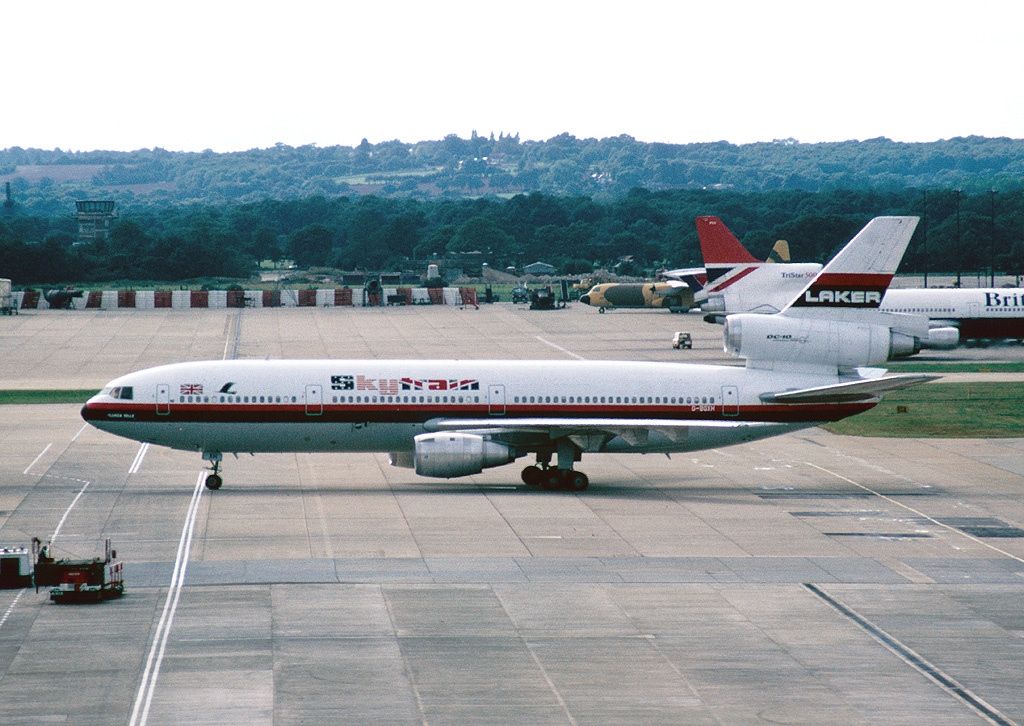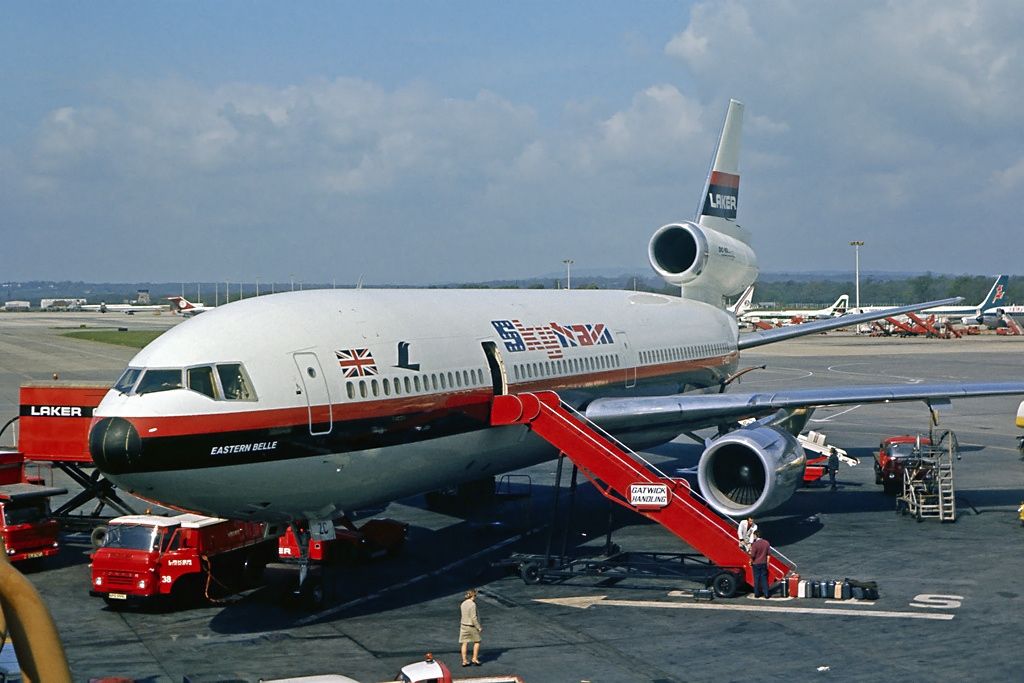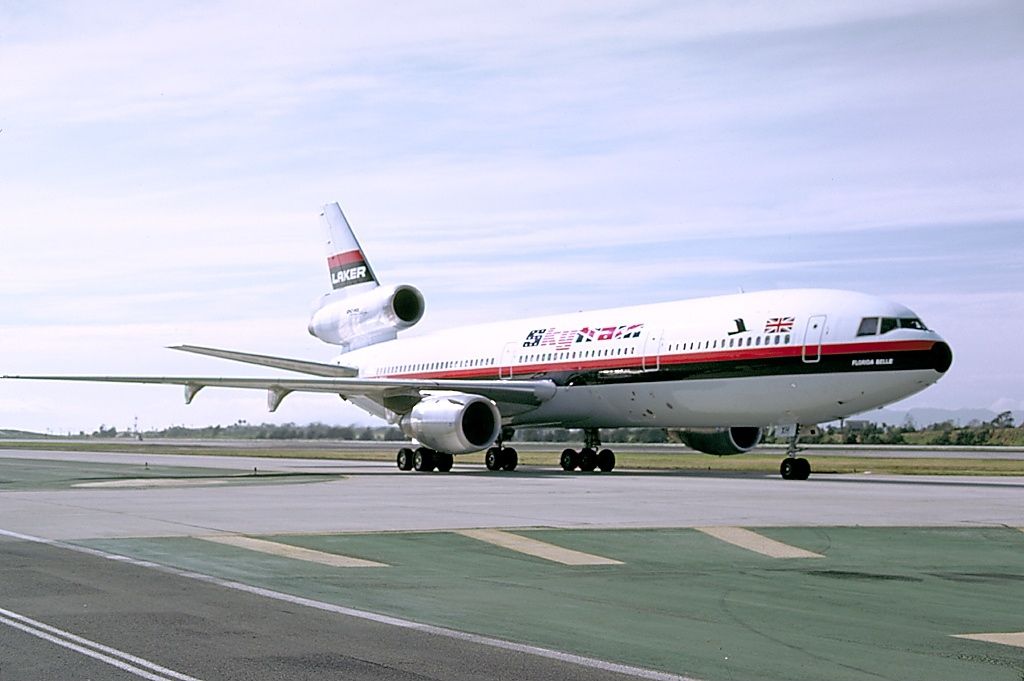Sir Frederick Alfred Laker was a British aviation entrepreneur who revolutionized transatlantic travel during the 1970s. Laker was the first to develop a low-cost, no-frills model with his McDonnell Douglas DC-10 'Skytrain' flights between London Gatwick Airport (LGW) and New York John F. Kennedy International Airport (JFK).
Making history
On June 15th, 1971, Laker applied to the UK Air Licensing Board to launch the world's first low-cost transatlantic airline with fares starting as low as £32.50 ($38.45) one-way. At the time, this was a third of the price that the major US carriers were charging for flights across the pond.
Love aviation history? Discover more of our stories here!
Initially, the flights were to be operated using second-hand Boeing 707s with a 158-seat, single-class configuration. Instead of making an advanced reservation, passengers would be sold seats on a standby basis, with seats available until the plane was full.
Chasing approval from the CAA
Laker's request for a license was initially turned down, but eventually granted in February 1972 following a successful appeal. However, one month later, the UK Government revoked the permit and told Laker he needed to apply to the newly formed Civil Aviation Authority (CAA) instead.
Laker duly did so and was granted permission for the carrier to offer eleven weekly flights between London and New York during the summer. This figure dropped to seven weekly roundtrip flights during the winter.
However, following the oil crisis in the early 1970s, when many of the established full-service airlines lost money, British Caledonian complained of overcapacity on its North Atlantic routes. Pressuring the government, Laker Airways' license to operate flights was revoked on July 29, 1975.
Freddie Laker took the government to the UK High Court, which overturned the government's decision to stop Laker Airways' Skytrain flights. However, getting approval from the US authorities proved to be more complex. Nonetheless, the airline was eventually granted permission to operate flights for a year on June 13th, 1977, before a long-term license could be issued.
Skytrain eventually launched in 1977
Anticipating a massive demand for tickets during the summer months, Laker Airways acquired two brand new McDonnell Douglas DC-10 widebody jets. During the winter, the service would revert to the 707s as was initially planned. Laker Airways eventually flew for the first time on September 26th, 1977, with 272 passengers aboard the airline's 345-seat DC-10.
Now, rather than the £32.50 fare, the price had risen to £59 ($70) for a one-way fare. When calculating the venture's profitability, Laker Airways initially expected a load factor of 50% during the winter months. Meanwhile, by the summer of 1978, the carrier was operating flights with an 80% load factor.
In a move designed to cripple Laker's attempt to undermine them, competitors including TWA and Pan Am matched the airline's standby economy fares. Yet despite this, in its first year of operations, Skytrain was a financial success and Laker began looking at expanding to other destinations in the United States.
In 1979, Laker Airways received its first long-range McDonnell Douglas DC-10-30s, which it deployed on a new route between London Gatwick and Los Angeles International Airport (LAX) in California. For the winter, Laker Airways introduced flights from London Gatwick Airport to Miami International Airport (MIA) with a refueling stop at Bangor International Airport (BGR).
These routes are similar to those offered by modern-day low-cost transatlantic carrier Norse Atlantic Airways, which connects London Gatwick Airport with the likes of New York (JFK), Los Angeles (LAX), and Miami (MIA). Subsequently looking to offer low-cost flights between the UK and European destinations, the carrier also placed an order with Airbus for ten A300s.
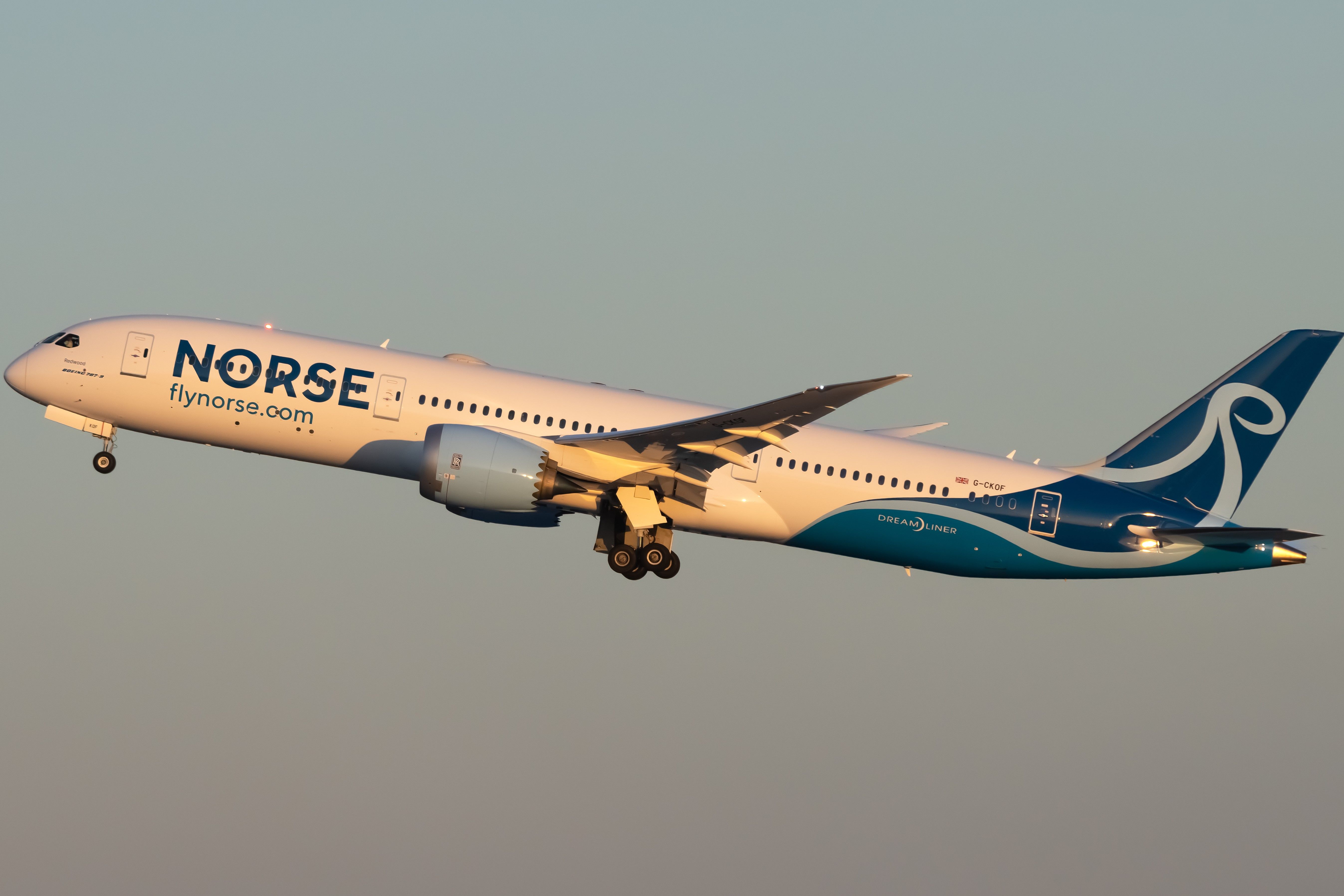
Wow: Norse Atlantic Airways Is Selling Transatlantic Flights For Less Than $100
Plenty of dates are available for these bargain fares.Collapse and the end of Skytrain
While still under pressure from the legacy carriers, Laker went bankrupt in June 1982 with debts of over £250 million ($850 million today). This represented one of the biggest corporate collapses in British history, and the reasons for Laker's demise were as follows:
- Rapid expansion and the use of borrowed US funds to purchase new DC-10s.
- A subsequent devaluation of the British pound made interest payments more expensive.
- The crash of two DC-10s in Paris and Chicago made travelers reluctant to fly on the aircraft.
- The perseverance of its larger competitors to make sure Laker failed.
Laker Airways later took the big airlines to court, citing predatory practices. The case led to an out-of-court settlement of $50 million. British Airways later paid Laker Airways a further $35 million and agreed to pay Freddie Laker himself $8 million. The airline, however, never returned.
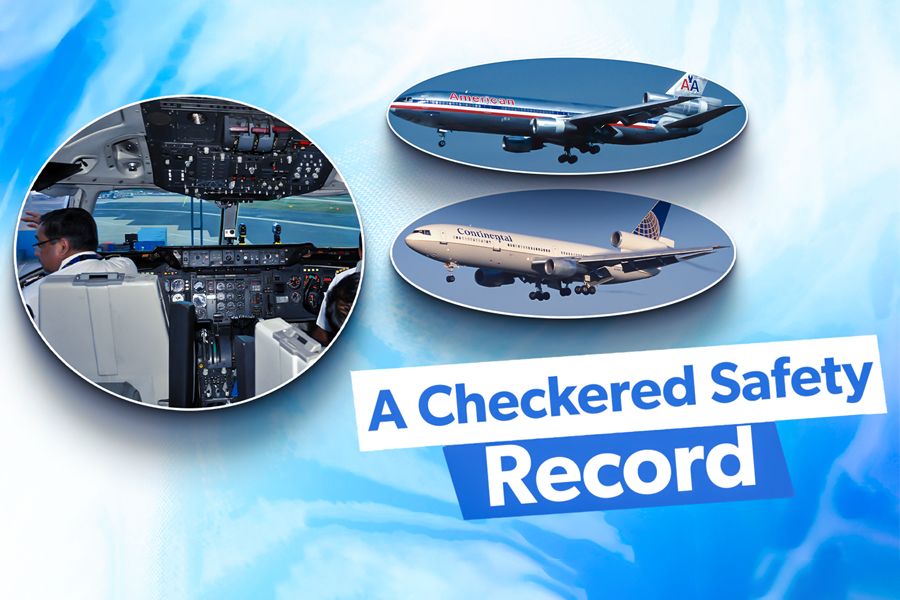
Five Major Accidents That Marked The McDonnell Douglas DC-10's Operational History
The trijet was involved in several major accidents throughout its history.Did you fly on Laker Airways' Skytrain? Share your experiences by commenting below.

